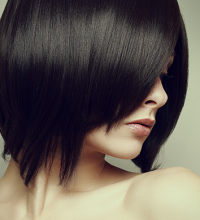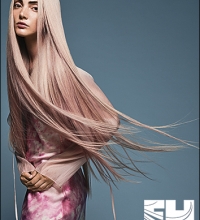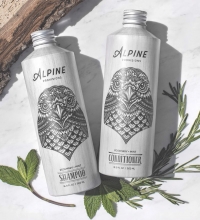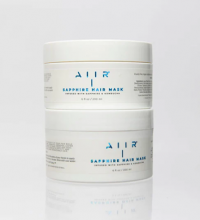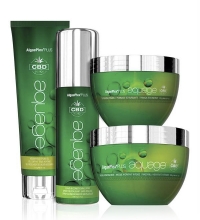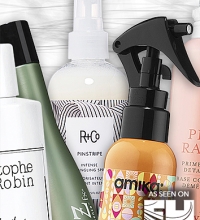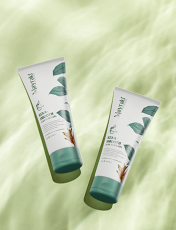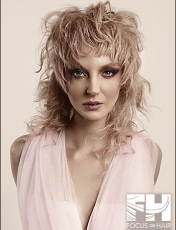 Here’s the skinny about split ends… There are a number of factors that can cause this aggravating issue but only one true cure. And the further away the ends of your hair are from the nutrients at your scalp, the more likely they are to split. Long hair lovers, are you paying attention? Split ends can cause your hair to look dry, frizzy and very un-kept however there are ways to keep them from happening in the first place. Want to know how? Let’s dive in deeper, shall we?
Here’s the skinny about split ends… There are a number of factors that can cause this aggravating issue but only one true cure. And the further away the ends of your hair are from the nutrients at your scalp, the more likely they are to split. Long hair lovers, are you paying attention? Split ends can cause your hair to look dry, frizzy and very un-kept however there are ways to keep them from happening in the first place. Want to know how? Let’s dive in deeper, shall we?
Why Ends Split
Before looking into a remedy, let’s examine the cause of the split to begin with. Split ends can happen for several reasons including thermal, chemical and mechanical stress. The over use of heated styling tools, including irons and dryers, can damage hair causing breakage and ends to split. Harsh chemical treatments, such as color, bleaching, perming, and even chemically straightening, can be another culprit, especially with repeated processes. And mechanical damage can happen with over-brushing, teasing or even tugging hair while detangling.
Products that Cure
We all hear about these amazing products that claim to mend split ends, but do they really work? The truth is that the only thing that products can do is strengthen the hair so less splitting happens. Anything else is temporary, giving the appearance of mending the split for a short period of time. Everything else is simply sales hype.
The Real Remedy
The only real cure for split ends involves scissors. If at any point you see split ends starting to form, have them cut off at least a ¼-inch above the highest split point, otherwise the hair will continue to split and you’ll have to cut yet more length off later. Even if you are trying to grow your hair out, always keep your ends neatly trimmed. We suggest trims every 8-12 weeks to keep your ends healthy and split-free.
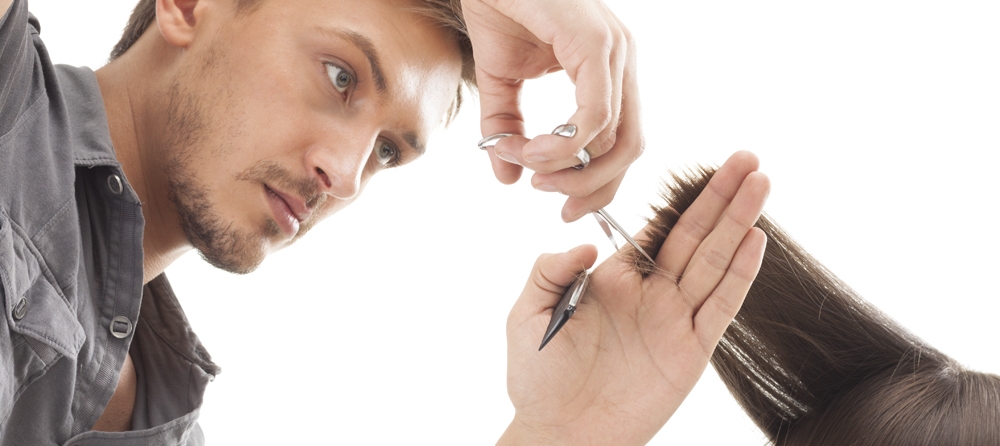
Prevention
To keep split ends from happening in the first place, stick with these preventative measures:
• Use mild shampoos, lathering up just at the scalp to remove any dirt and debris as needed. Using harsh shampoos or cleansing too often can remove too much of the natural oils that your hair needs to be healthy.
• Work with your hairstylist to ensure proper conditioning at all times. Keeping your hair well moisturized and being open to their recommendations for protein treatments after any color or texture service, is vital. Take their lead for when to use what, as far as conditioning, as overdoing the protein when not needed can cause other issues.
• Be gentle with your hair, especially when drying. Never rub your hair with a towel to remove moisture, instead squeeze it out. Rough towels can cause more damage, so go for a soft cotton T-shirt material if possible.
• Hair is very fragile when it’s wet, so detangle it carefully without tugging. Use a wide-toothed comb and work through smaller sections as needed until your hair is completely detangled. If you have curly or coarse hair, or strands that are prone to tangling, use a detangler or leave-in conditioner to help the comb slide through easier.
• If possible, allow your hair to air-dry. Otherwise only use lower heat settings with your blow dryer and direct the air down the hair shaft, never up, which goes against the natural direction of the cuticle.
• Be gentle when styling your hair by not tugging or backcombing (teasing) hair and keep the use of thermal tools to a minimum.
Now that you know the causes of split ends, and the only real cure, hopefully you be more likely to prevent them in the first place. So, have you booked your next trim yet?
Article courtesy of Rosy Salon Software.

